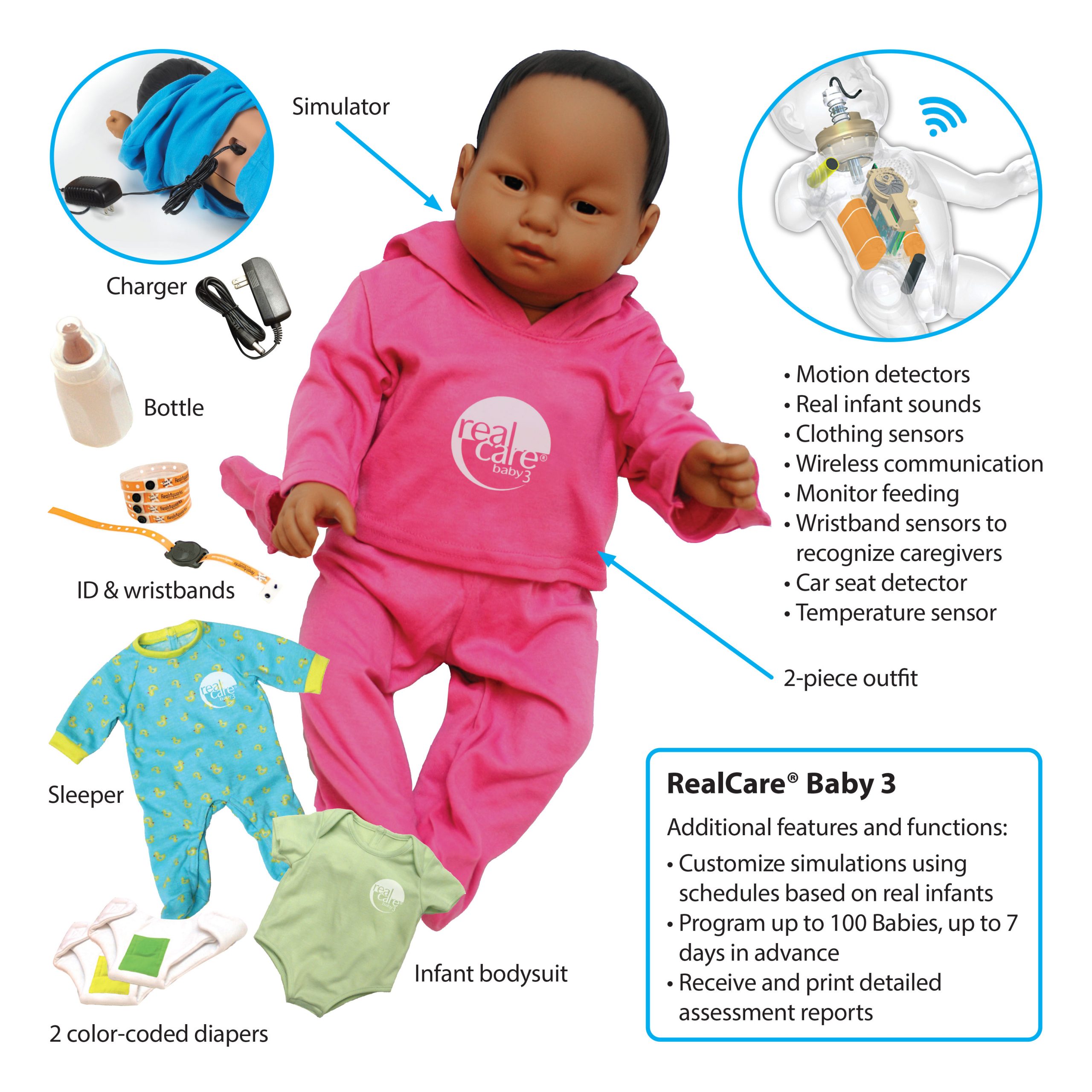
Baby Care Dolls: Nurturing Play and Developmental Benefits
Introduction
Baby care dolls have become an integral part of childhood play, offering a multitude of developmental and educational benefits. These dolls, designed to mimic the appearance and behavior of infants, provide children with opportunities to engage in nurturing and caregiving activities, fostering empathy, responsibility, and cognitive development. This article explores the various types of baby care dolls available, their developmental benefits, and tips for choosing and using them effectively.
Types of Baby Care Dolls
Baby care dolls come in a wide range of styles and features, each catering to different developmental needs and interests. Some of the most common types include:
- Anatomically Correct Dolls: These dolls accurately represent the physical characteristics of infants, including genitalia. They are designed to promote body awareness and encourage discussions about anatomy and health.
- Interactive Dolls: These dolls respond to touch, sound, or movement, mimicking the behaviors of real babies. They can cry, coo, and interact with children, fostering communication and social skills.
- Feeding Dolls: These dolls come with bottles or other feeding accessories, allowing children to practice feeding and nurturing skills. They can help develop fine motor skills and promote healthy eating habits.
- Diapering Dolls: These dolls require children to change their diapers, promoting hygiene awareness and encouraging self-care routines.
- Bathtime Dolls: These dolls can be bathed in water, allowing children to learn about water safety and develop bathing skills.
Developmental Benefits of Baby Care Dolls
Playing with baby care dolls offers numerous developmental benefits for children, including:
- Empathy and Nurturing: Dolls provide children with a safe and engaging environment to practice nurturing and caregiving behaviors. They learn to respond to the needs of others, develop empathy, and understand the importance of compassion.
- Responsibility and Independence: Dolls require children to take on responsibilities such as feeding, diapering, and bathing. This fosters a sense of independence and encourages children to develop self-care skills.
- Cognitive Development: Dolls promote cognitive development by encouraging children to engage in imaginative play, problem-solving, and language development. They can create stories, solve problems related to the doll’s care, and expand their vocabulary.
- Fine Motor Skills: Manipulating dolls and their accessories helps children develop fine motor skills, such as hand-eye coordination, dexterity, and precision.
- Social Skills: Dolls can facilitate social interactions between children, as they can play together and share the caregiving responsibilities. This promotes cooperation, communication, and turn-taking skills.
Choosing and Using Baby Care Dolls Effectively
When choosing a baby care doll, consider the child’s age, developmental needs, and interests. It is important to select a doll that is appropriate for the child’s developmental stage and provides the desired benefits.
To use baby care dolls effectively, encourage children to engage in imaginative play and pretend scenarios. Provide them with accessories such as blankets, bottles, and diapers to enhance the play experience. Supervise children during play to ensure safety and provide guidance when needed.
Conclusion
Baby care dolls are valuable tools for nurturing play and promoting developmental benefits in children. They provide opportunities for children to develop empathy, responsibility, cognitive skills, fine motor skills, and social skills. By choosing and using baby care dolls effectively, parents and educators can support children’s growth and development while fostering a love for nurturing and caregiving.
